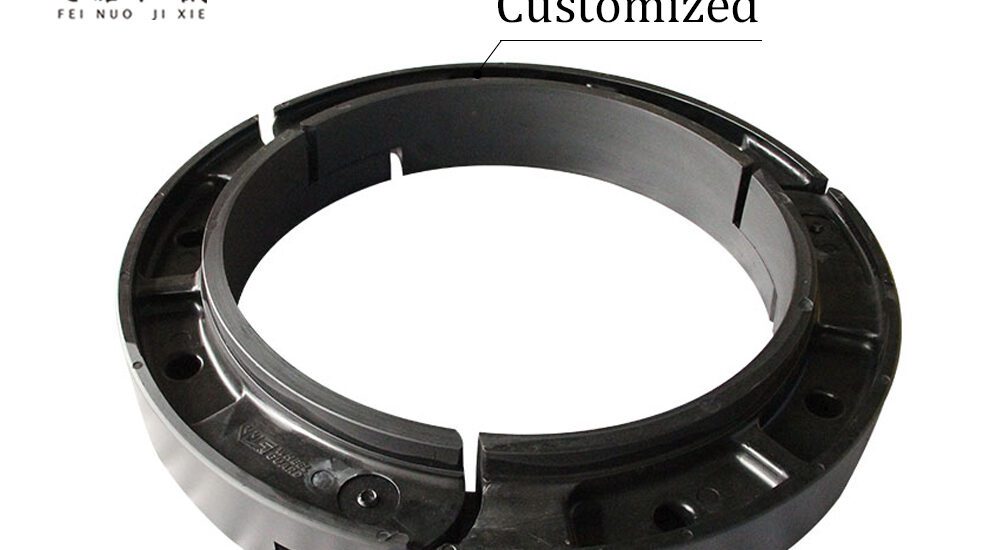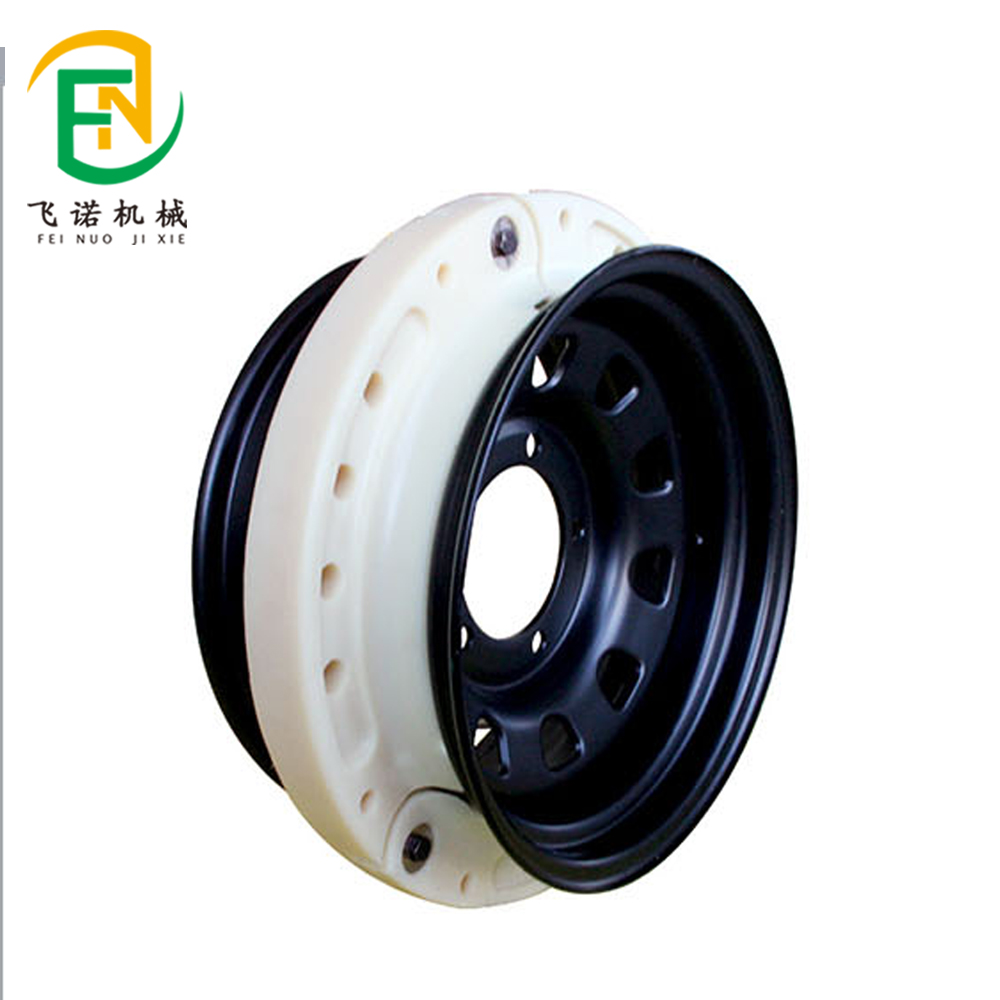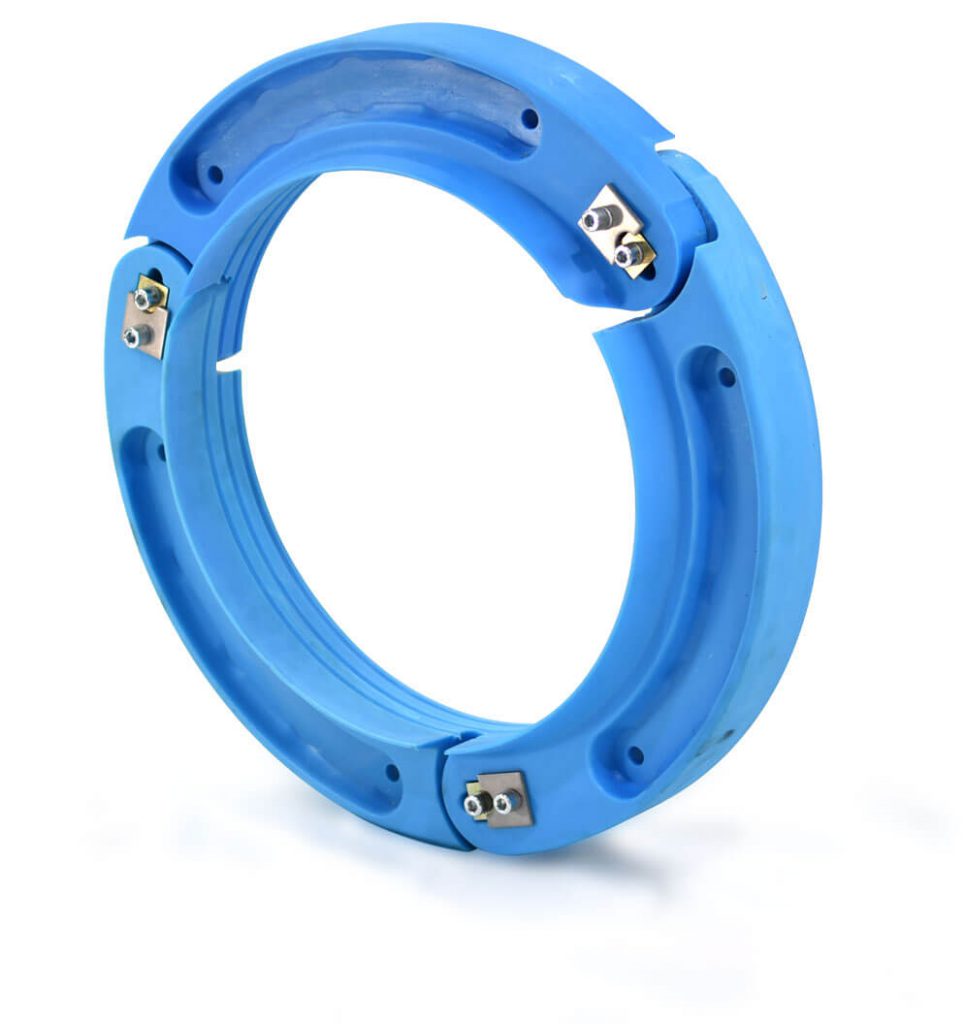- June 13, 2025
- Posted by: feinuojixie
- Category: Run Flat Guide


In modern warfare, movement is everything. The ability of a military vehicle to stay mobile under pressure often means the difference between mission success and catastrophic failure. Whether it’s a convoy transporting critical supplies or an armored unit maneuvering under fire, every second counts—and every component matters. Among these, one of the most overlooked yet essential is the tire. A single blowout can halt progress, delay reinforcements, or expose troops to hostile threats. To eliminate this vulnerability, armed forces around the world have turned to a specialized solution: run flat tire military technology. Designed to maintain vehicle mobility even after sustaining damage, this innovation ensures that military operations don’t stop—no matter the terrain, threat, or situation.


The Battlefield Problem: Traditional Tires Are a Liability
Why conventional tires fail under combat conditions
In high-stakes environments like combat zones, standard tires are simply not built to survive. They are vulnerable to sharp debris, gunfire, shrapnel, and uneven terrain. A direct hit or puncture can instantly render a vehicle immobile, leaving personnel stranded and exposed. Flat tires don’t just inconvenience— they endanger. Whether navigating urban warfare settings or rugged off-road regions, traditional pneumatic tires present a critical point of failure that military planners can no longer afford to overlook.
Run Flat Tire Military Technology Explained
How run flat tire technology keeps vehicles moving after damage
Run flat tire technology addresses this weakness by allowing vehicles to continue operating even after losing air pressure. These tires feature reinforced sidewalls or internal support rings that temporarily bear the vehicle’s weight in the event of a puncture. This means that even if a tire is completely deflated, the vehicle can still travel for dozens of kilometers—enough to exit the danger zone or reach a secure base. Some systems also integrate with onboard sensors that alert drivers to pressure loss without compromising speed or control. For military forces, this translates into time—time to escape, reposition, or regroup.
Operational Advantages of Run Flat Tire Military Systems
Mission continuity, troop safety, and reduced downtime
The benefits of run flat tires in military use go far beyond durability. They provide uninterrupted mission flow by preventing unexpected halts during transportation or combat. Troops can remain focused on objectives instead of tire failures. More importantly, they offer a safety net—allowing for tactical withdrawal or emergency evacuation without delay. Vehicles equipped with run flat systems also require less frequent recovery or roadside assistance, significantly reducing downtime and logistical strain in the field. Ultimately, these tires serve as silent guardians of mobility and mission integrity.
Applications Across Military Vehicle Platforms
From armored personnel carriers to tactical logistics trucks
Run flat tire technology is not limited to elite vehicles. It is now a standard across a wide spectrum of military platforms. Light tactical vehicles, like Humvees and JLTVs, rely on run flat systems for agility under fire. Heavy-duty transporters and armored personnel carriers benefit from their ability to carry high payloads while maintaining resilience. Even specialized vehicles—such as mobile missile launchers or reconnaissance units—utilize run flat tires to ensure they can move quickly in and out of strategic positions. This cross-platform integration reflects a universal military priority: stay mobile, stay alive.
Case Study: How Run Flat Tires Saved a Mission
A real-world example of run flat technology in action
During a joint operation in a volatile region, a convoy of armored vehicles came under sudden ambush. While multiple rounds hit one of the vehicles’ tires, its run flat system engaged immediately, maintaining speed and direction. The convoy did not stop; no troops were left behind. After regrouping at a secure location, commanders confirmed that the ability to continue moving despite tire damage prevented casualties and allowed the mission to proceed. This real-life incident highlights why military forces don’t consider run flat tires an accessory—but a necessity.
Beyond Combat: Run Flat Tire Use in Peacekeeping and Training
Everyday reliability for modern military operations
The utility of run flat tires extends beyond battlefields. During peacekeeping operations, where roads may be unpaved or sabotaged, these tires ensure reliable mobility. In training exercises, they prepare troops to operate under realistic conditions without the risk of mission-disrupting tire failures. Even in humanitarian deployments—where speed and terrain challenges are critical—run flat tires offer dependable performance. Their presence across all military domains reinforces their role as an all-purpose mobility enabler, not just a wartime contingency.
Challenges and Innovations in Run Flat Tire Development
The evolving science behind modern military tires
Creating a tire that combines flexibility, durability, and performance under pressure is no simple task. Engineers continuously face challenges in managing heat buildup, weight distribution, and performance on varied terrain. However, advances are emerging. New materials, such as advanced polymers and composite reinforcements, are improving performance. Smart tire systems are also being explored—featuring embedded sensors for live diagnostics, self-inflation, and even limited self-repair. These innovations aim to make future run flat tire military solutions even more adaptive, efficient, and mission-ready.


Conclusion: Mobility is Security
Why the military trust in run flat tire technology will only grow
In military operations, the ability to move is the ability to survive. Whether in the heat of combat or navigating unpredictable terrain, vehicle readiness can make or break a mission. Run flat tire technology ensures that military forces don’t have to stop—even when under attack or after sustaining damage. By transforming a critical point of vulnerability into a pillar of strength, run flat tire military solutions have become a cornerstone of modern defense strategies. As warfare evolves, so too will the need for unstoppable mobility—and with it, the continued reliance on this essential innovation.
